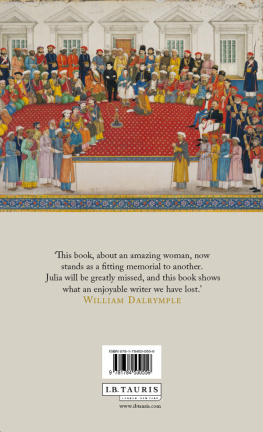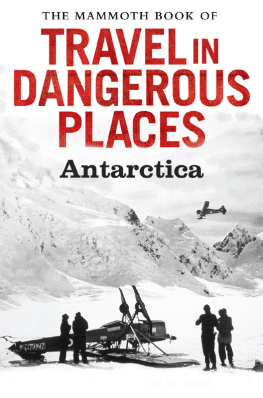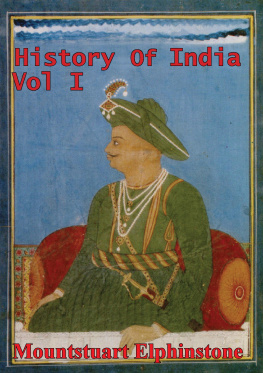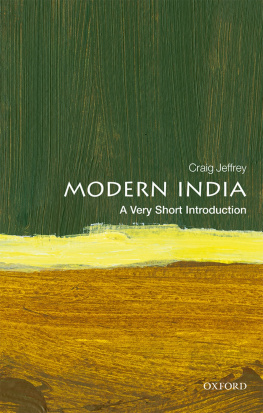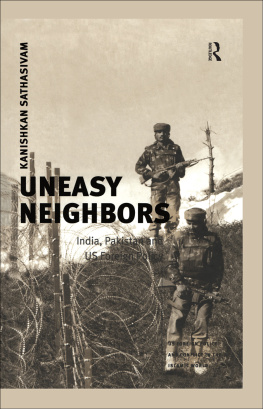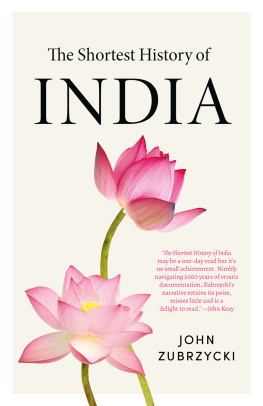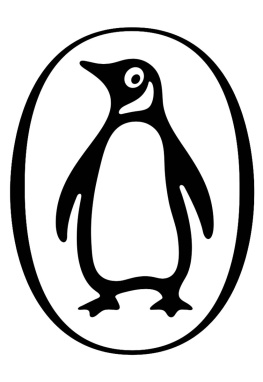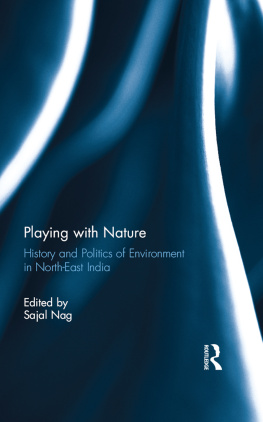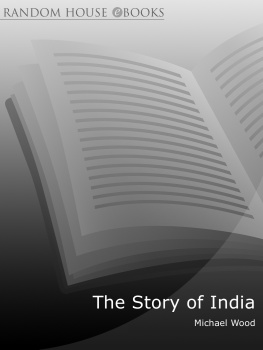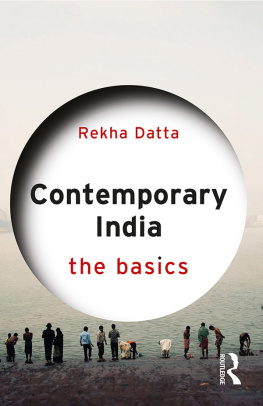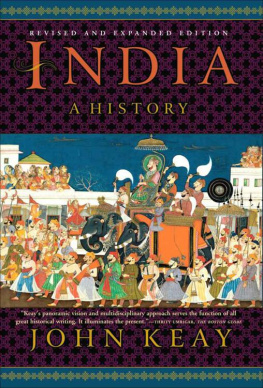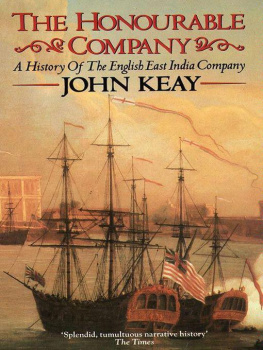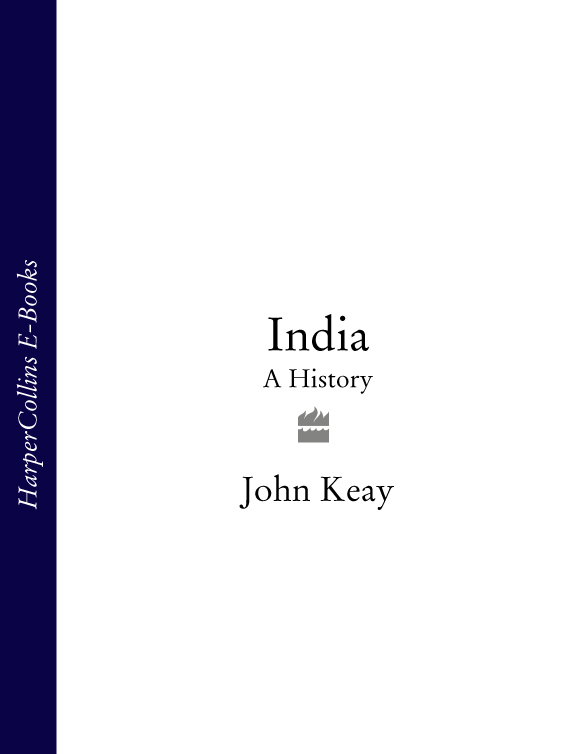From the reviews of India: A History:
It is hard to imagine anyone succeeding more gracefully in producing a balanced overview than John Keay has done in India a book that is as fluent and readable as it is up-to-date and impartial. Hardly a page passes without some fascinating nugget or surprising fact
WILLIAM DALRYMPLE, Guardian
Certainly the most balanced and lucid history his passion for India shines through and illuminates every page puts Keay in the front rank of Indian historiographers
CHARLES ALLEN, Spectator
Keays astute commentary on the development of Indian history is a delight one of the best general studies of the subcontinent
ANDREW LYCETT, Sunday Times
Till this book came along, I had despaired of finding a readable general history of India Thank heaven for John Keay, [who] overcomes the problems in a manner little short of triumphant It is history at its best, a work of the imagination stimulated by enigmatic remains of the past crying out for an interpreter The blend of revelatory detail with a sense of eternal India makes Keays a superb book
MICHAEL FRY, Glasgow Herald
Into India
When Men and Mountains Meet
The Gilgit Game
Eccentric Travellers
Explorers Extraordinary
Highland Drove
The Royal Geographical Societys History of World Exploration
India Discovered
The Honourable Company
The Collins Encyclopaedia of Scotland (with Julia Keay)
Indonesia: From Sabang to Merauke
Last Post: The End of Empire in the Far East
The Great Arc
Sowing the Wind: The Seeds of Conflict in the Middle East
Mad about the Mekong: Exploration and Empire in South East Asia
The Spice Route: A History
The London Encyclopaedia (3rd Edn) (with Julia Keay)
China: A History
For Tara

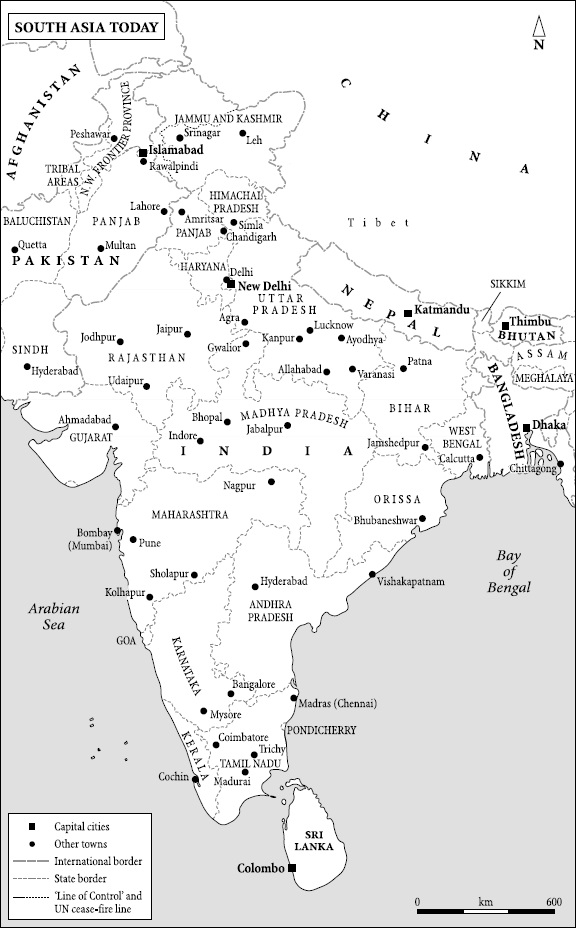
When this book was first published in 2000 I had it in mind to write a sequel that would recount the events of the last fifty years in greater detail than was possible in a 5000-year history of the subcontinent. That project is at last under way. But working on it has made me even more aware of the cursory and selective nature of the final chapters in the first edition of India.
Ten years on, therefore, this new edition endeavours to make amends. As well as some updates and corrections to the original text, it contains an extensively rewritten chapter 19, a replacement chapter 20 and completely new chapters 21, 22 and 23. The narrative has been extended into the twenty-first century and an attempt made to compare the fortunes and explore the fraught relationships of all three of the post-Partition states Pakistan and Bangladesh as well as India.
To anyone over sixty this will be more current affairs than history. It deals with events and personalities that may be familiar and it invites a more engaged and subjective treatment. Sadly it also lacks the authority that stems from a longer scholarly perspective. Much vital documentation remains unavailable for reasons of confidentiality or national security. Access to Pakistans national archive, for instance, is so restricted that most histories of that country rely heavily on such documentation as can be consulted elsewhere, notably in the UK and the USA. Yet over-dependence on the reports and correspondence of foreign diplomats and observers may give a very false impression of decision-making within Pakistans ruling establishment. Contemporary history is partial in every sense. The new chapters at the end of this book are no exception.
I am grateful to Arabella Pike and Martin Redfern for making the new edition possible and to Essie Cousins, Georgia Mason, Peter James and others at HarperCollins for processing it. Many readers were kind enough to comment on the original edition. Though it has not been possible to do justice to all their suggestions, I thank everyone and look forward to more of the same.
John Keay
Argyll
January 2010
HISTORIES OF INDIA often begin with a gripe about the poverty of the available sources. These sources were once thought so inadequate as to make what is certainly one of the worlds longest histories also one of its more patchy. Prior to the thirteenth century AD, wrote Professor R.C. Majumdar in the 1950s, we possess no historical text of any kind, much less such a detailed narrative as we possess in the case of Greece, Rome or China. Majumdar cited the thirteenth century because that was when northern India, succumbing to Muslim rule, attracted the attention of partisan writers keen to chronicle the triumphs of Islam. But given a good four thousand years of earlier pre-Islamic civilisation, it followed that for more than 80 per cent of attestable Indian history there were no histories.
It is difficult to give a rational explanation for this deficiency, continued Majumdar, but the fact admits of no doubt. Rational explanations apart and there have been many, most supposing an Indian indifference to treating antiquity as an academic discipline this dearth of ready-made chronicles and memoirs weighed heavily on the historian. It handicapped his reconstruction of past events and hobbled his presentation of them in an acceptable narrative. His gentle readers were forewarned. A rough ride was in prospect.
Happily the situation has improved considerably over the last half-century. No unsuspected ancient chronicles have come to light but much new research has been undertaken and other disciplines have made important contributions. I have therefore stressed in the pages which follow those feats of discovery and deduction, the fortuitous finds and the painstaking analysis, whereby the documentational void has been gradually filled. While spiking the narrative with some lively debate, this explorational approach also has the advantage of mitigating my presumption in venturing, gownless, onto the campus sward. History based on histories looks to be the province of professionals; but where so much of the past, even its chronology, has to be teased from less articulate objects like coins and charters, or pieced together from random inscriptions, titbits of oral tradition, literary compositions and religious texts, and where such researches are then usually consigned to specialist publications and obscure monographs, there surely must be need for an overview.
Reconstructing the past from such reluctant materials can be intensely exciting, but it is not easy. The ingenuity of those scholars who from rocks and runes, bricks and rubrics, have wrested one of the oldest and richest civilisations constitutes something of an epic in itself. It deserved to be told, and in a previous book I had endeavoured to do so in respect of mainly nineteenth-century scholarship. But this is an ongoing epic of research which is itself part of Indias history. As well as being directly responsible for revealing those distant personalities and events by way of which, like stepping stones, the historical narrative progresses, it also betrays much about the age to which the stepping stones supposedly led. More personally, since what we know has been derived so largely from research and so little from testimony, it seemed perverse not to credit the discoverers while appropriating their discoveries. What follows, therefore, is both a history of India and to some extent a history of Indian history


